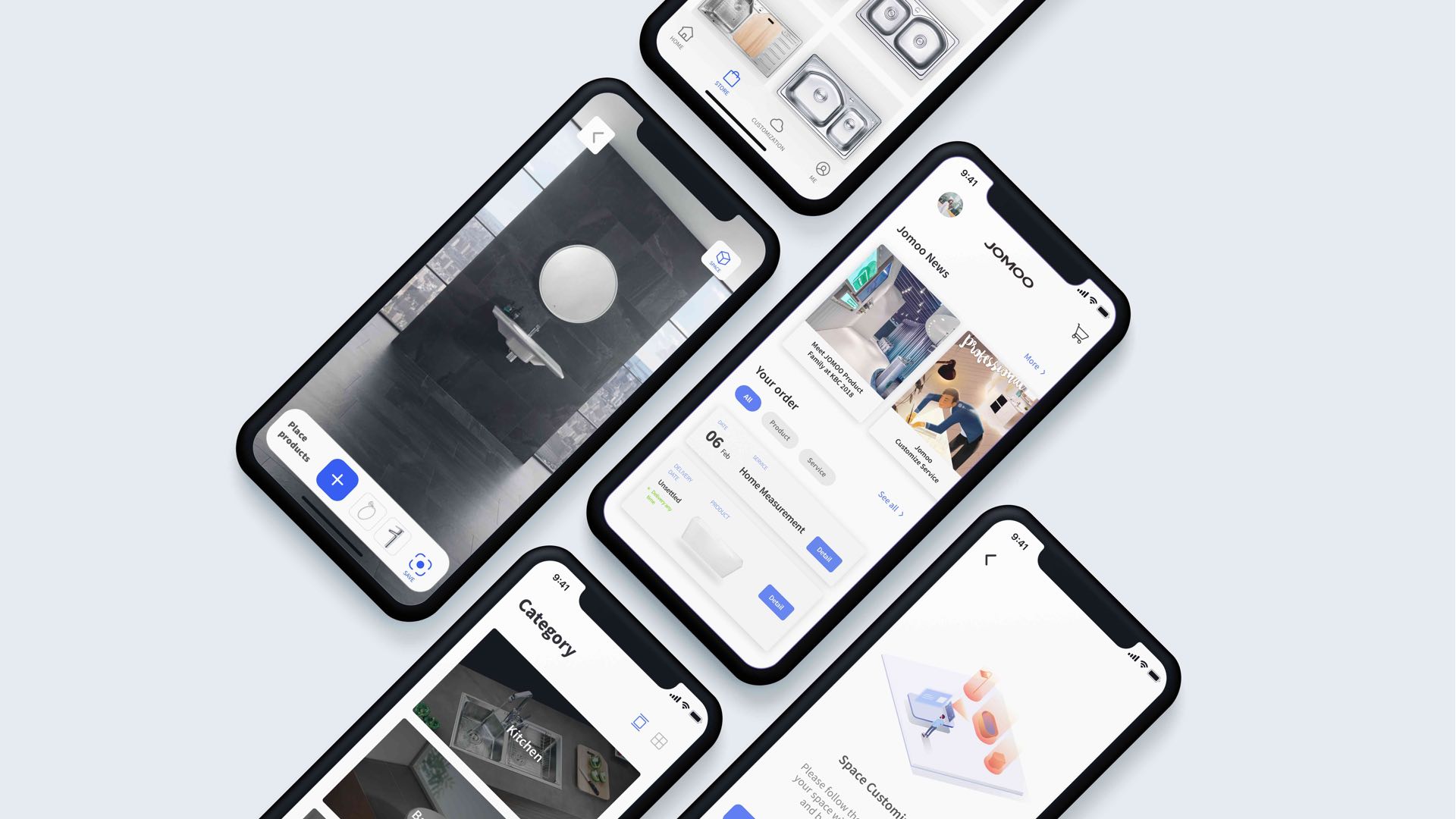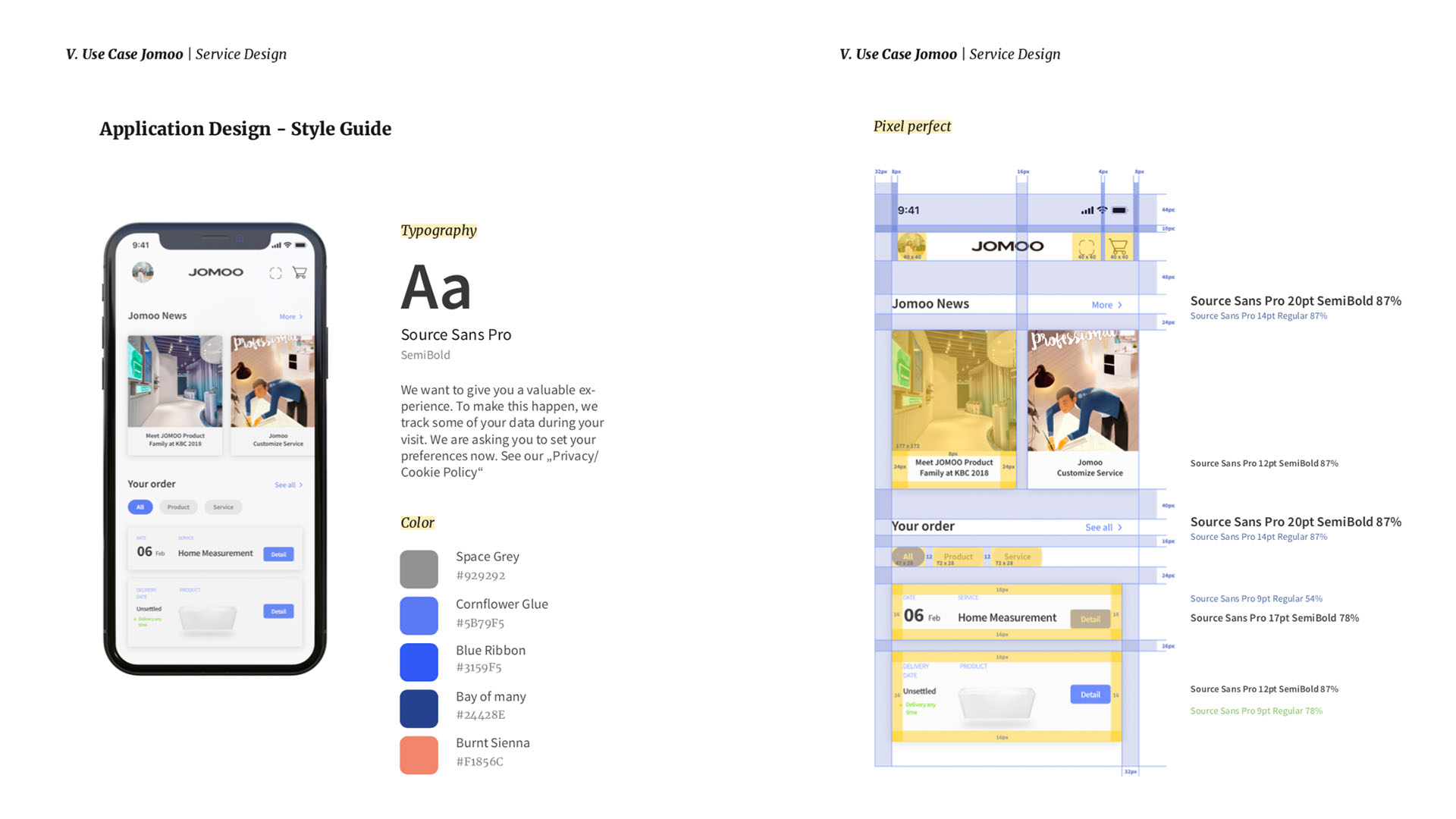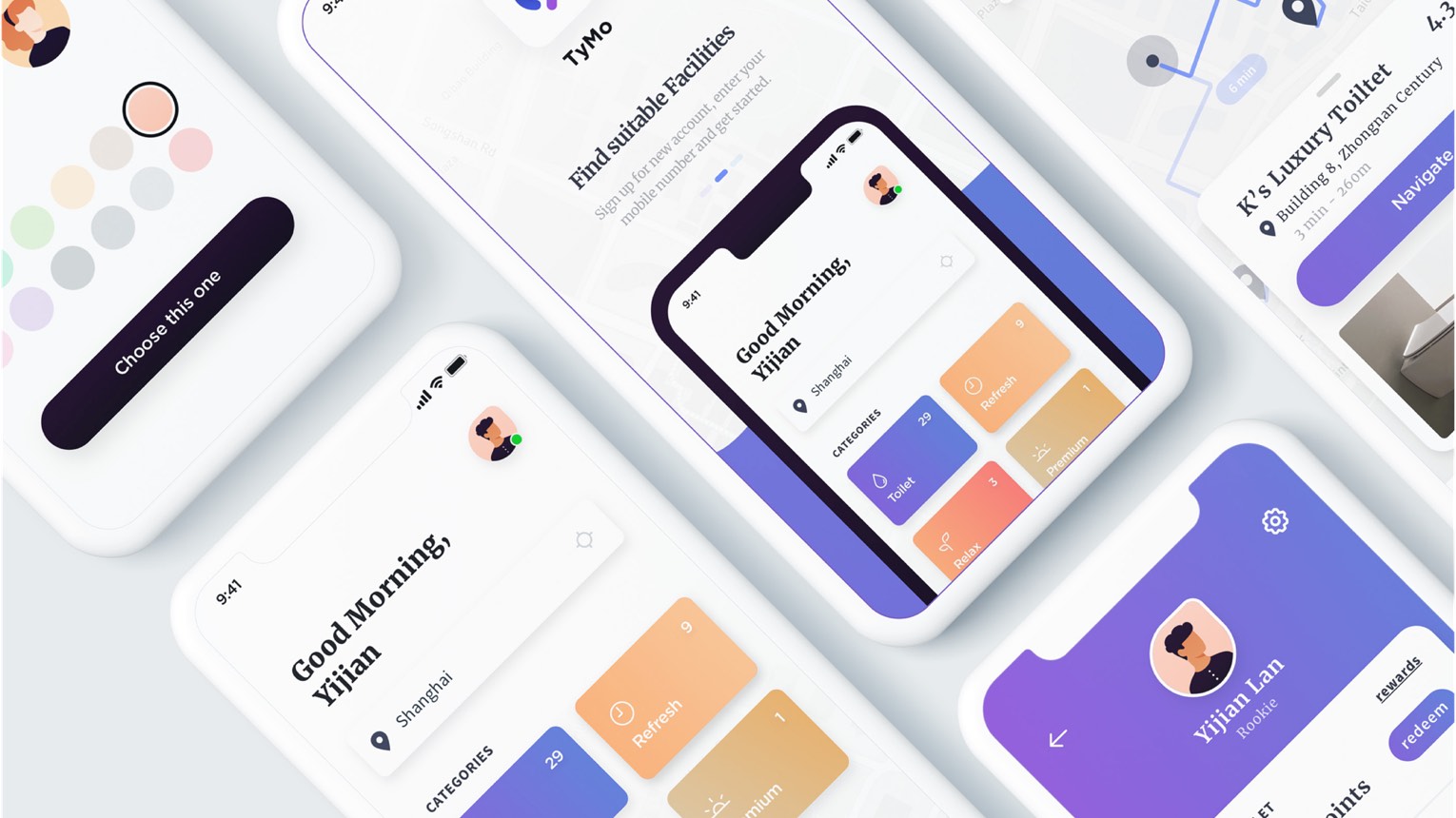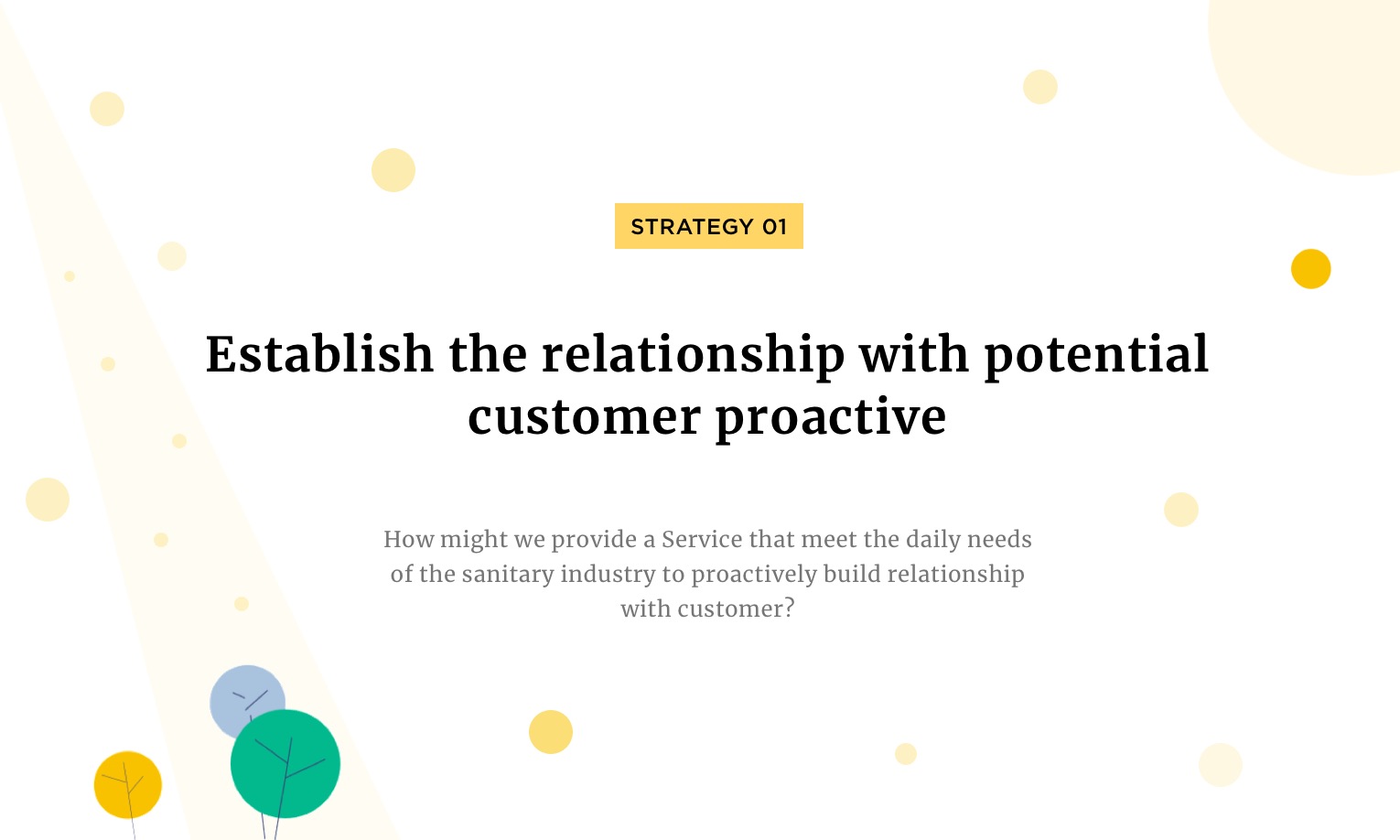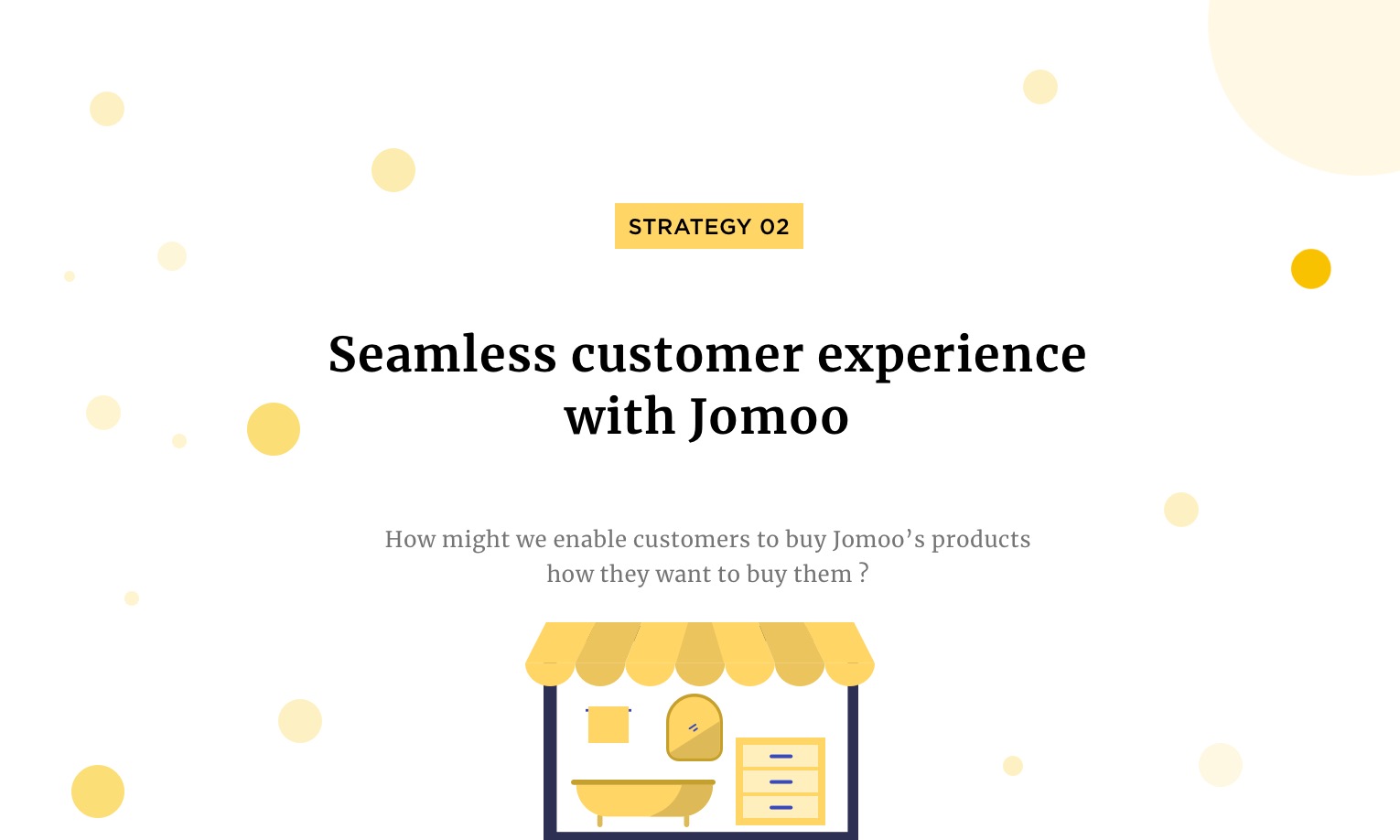
Customer Brand Relationship in the dynamic World of Retail
In this project we describe the developments of the retail industry at the moment and give an impression of where it will go in the near future in our eyes. We want to show by way of example how to design a future retail strategy on the basis of the insights that we derive from trends of the retail market, customer behaviour and customer brand relationship from theory to practice.
Therefore, we developed a retail strategy together and for the Jomoo Group. On this basis we can verify our statements and give a realistic example to our explanation. We also want to share our process and our learnings that can be adopted onto other brands and markets. Our goal is to identify which requirements will be assigned to retail in the future and how to respond to them with a custom strategy. Additionally, we explain the designers’ role in this future scenario and how we can apply our competences.
Use Case - Jomoo Group
Jomoo as the one of the biggest local sanitarty producer and brand on the chinese market, has the highest market turnover. Jomoo's online and offline sale system are very powerful. On the Taobao,Jingdong(chinese e-commerce platform), Jomoo has long been a market leader. Jomoo has 4000 offline retail stores wide distributive in first to fifth tier cites in China.
And then?
In the past few years, based on the disruptive technology and business model revolution from the big players like BAT(Baidu, Alibaba, Tencent), the Chinese consumer market and consumer behavior has a dramatically chagne. At the same time, with the rapid improvement of living standards and the entry of international brands. Jomoo and other local brands feel the pressure.
In this case, we want to briefly describe how a retail strategy can be developed that makes a brand touchable through experiences. These experiences can be the foundation for a sustainable Customer-Brand relationship, and help brand differentiate themselves from other brands. In this scenario our cooperation partner Jomoo represents the use case on the basis of which we want to develop a transferable design process.
Learning, Analysis & Hypothesis
We have divided the findings of our research and learning phases into 5 sections (1.Retail and Trends, 2.Brand, 3.Consumers, 4.Customer Brand Relationships & 5. The Role of Strategic Design). These central findings serve as the basis for the further course of the project and are taken into account in the strategy development.
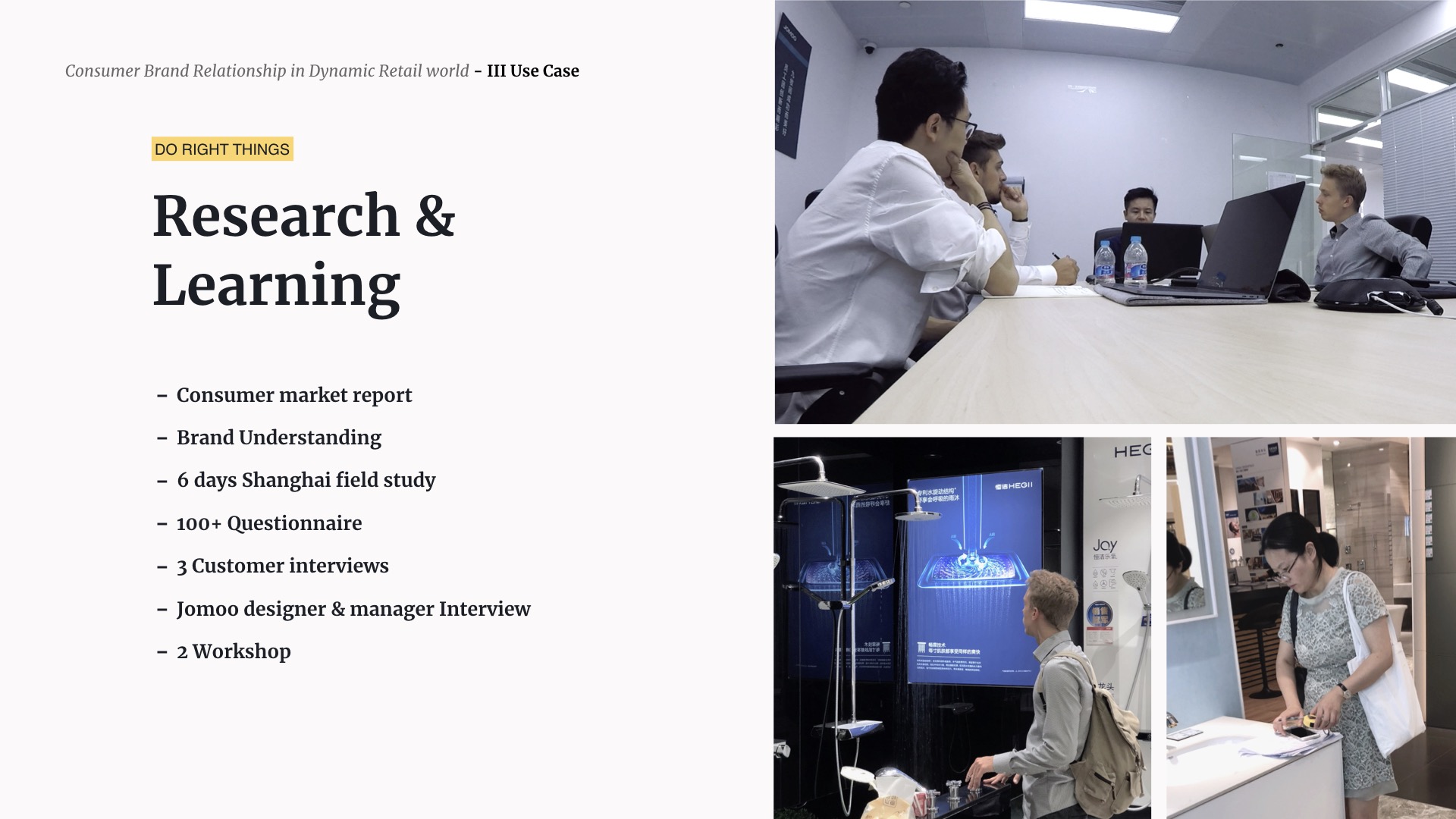
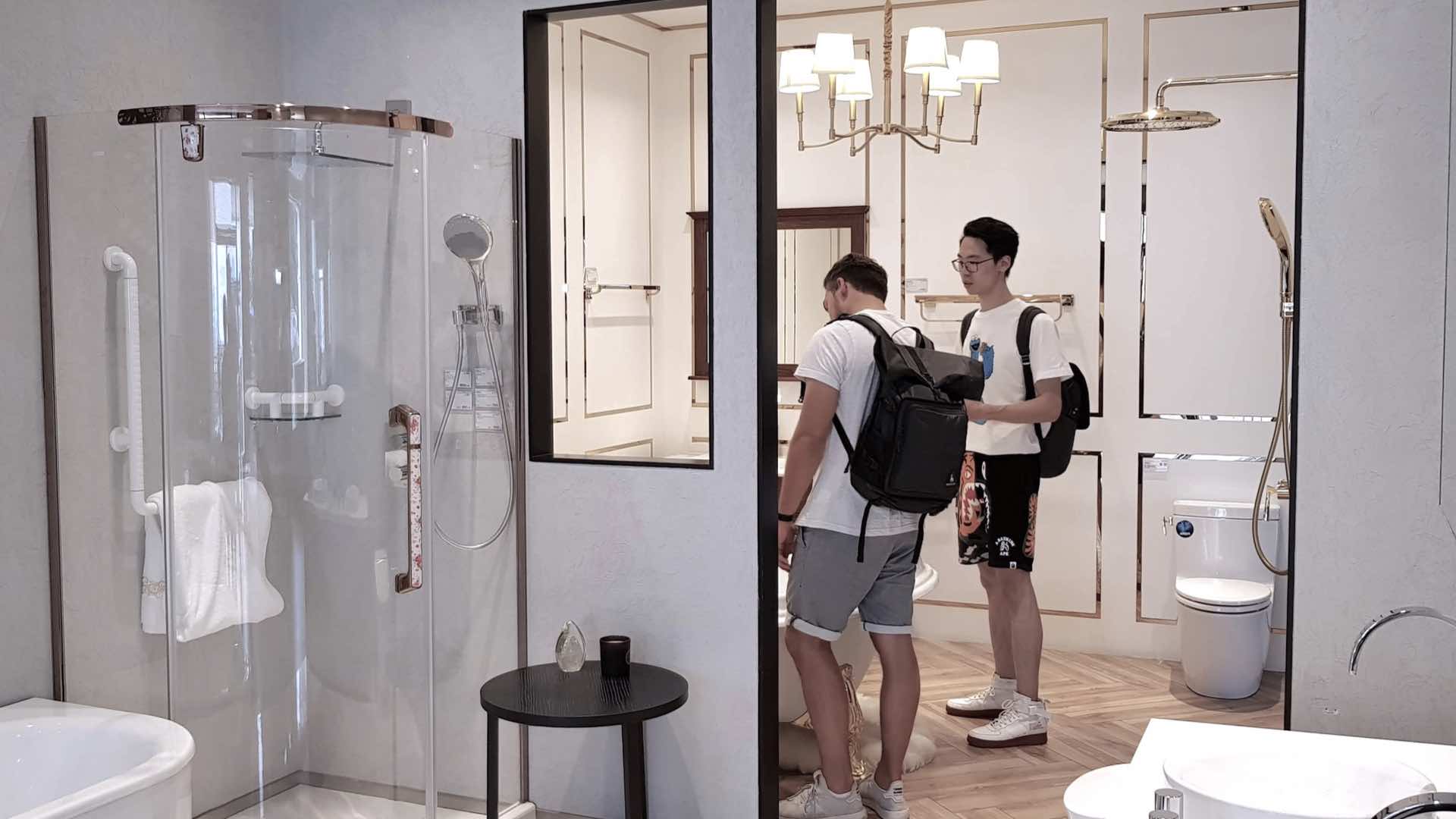
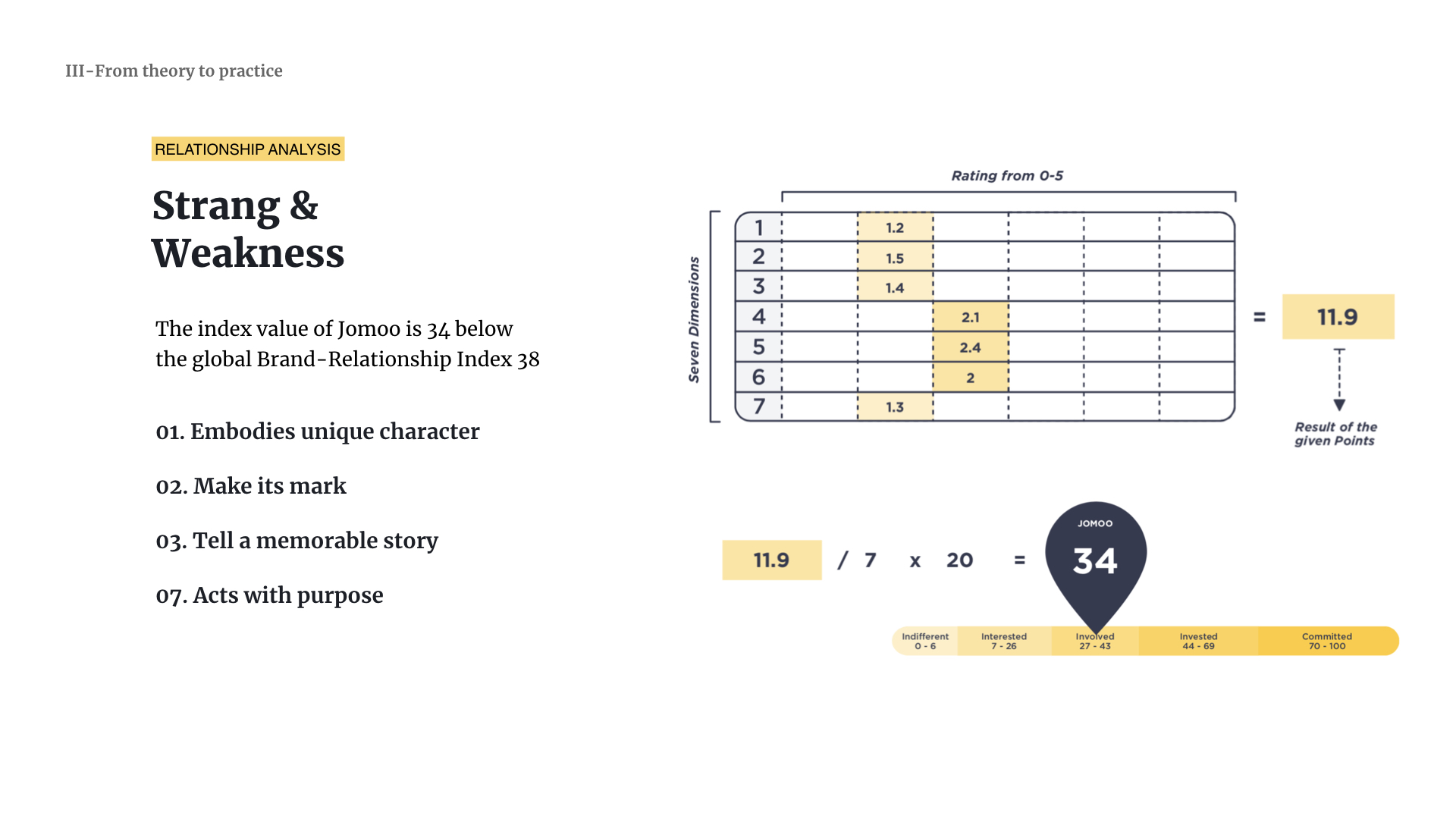
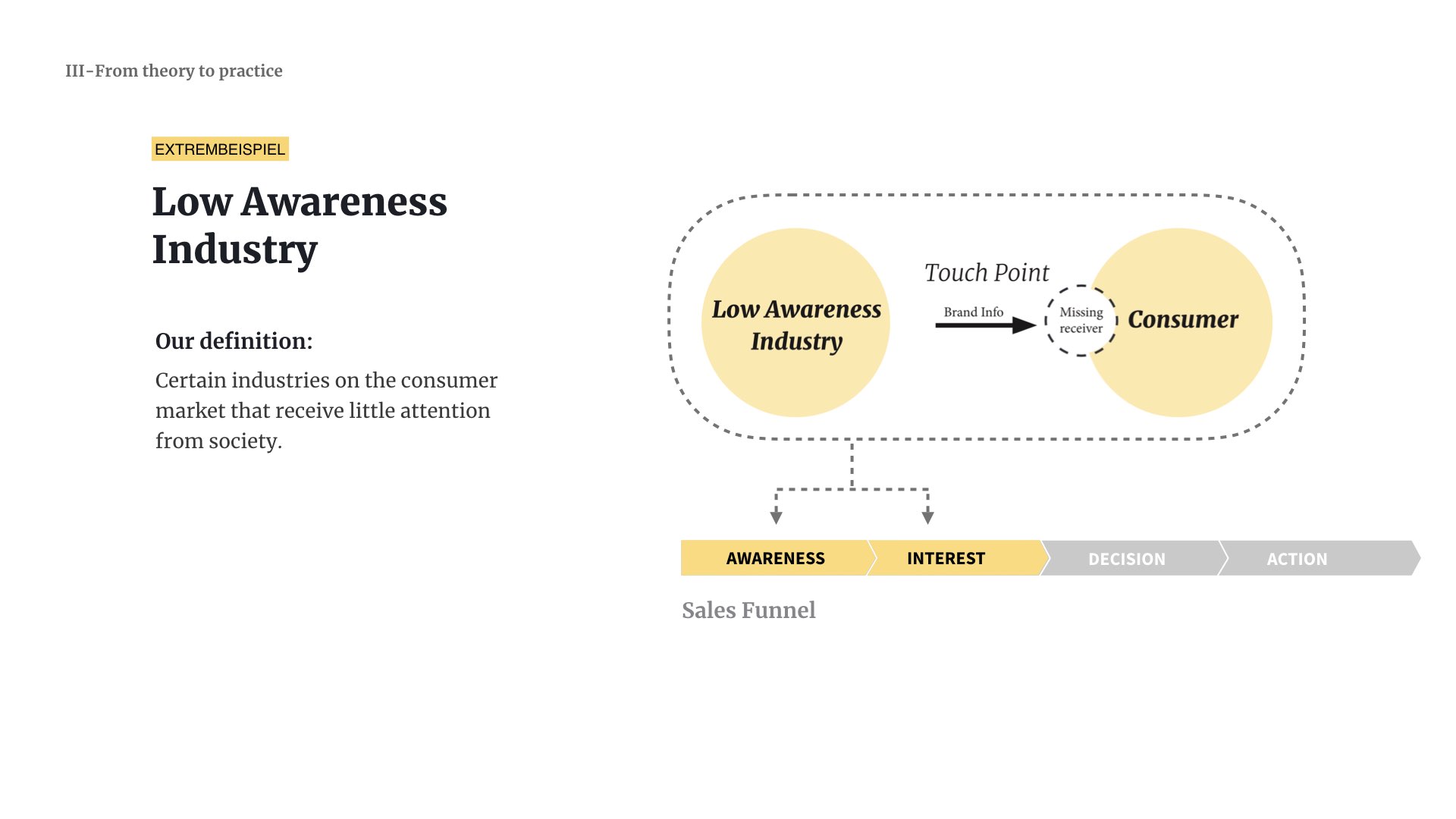
Based on 3 month comprehensive design research and synthesis we developed 2 very actionable service strategies for Jomoo group. These two strategies focus on different stages in the customer journey. In order to uncover the insights and translate the strategy into solutions we also developed two service concepts for the strategies.
Strategy I & Service
The service of the first strategy Estatblish the realtionship with potential customer proactive aim to build a relationship with Jomoo's prospective customer. In an age of attention economy this is a big challenge for the brands in sanitary industry, People almost do not pay attention to this segemnt in their daily life, not to mention establishing Customer-Brand relationship. Besides, compared to international brand, Jomoo do not have a powerful brand image.
Thoughts
In the design research and interview with stakeholder we learned and validated, the traditional advertising or marketing compaigns do not provide a good ROI(Return of Investment), because consumer do not care. We started to thinking, how could Jomoo provide value to their prospective customer in the sanitary industry to build a relationship proactive.
Best practice
Whether shopping with friends or family, during lunch break or while traveling. Each of us has this moment in which we need a washroom either need to pursue a natural need or makeup. There are countless various needs could happen here. But pubilc washroom could never be so convenient like at home. So...how about Jomoo establish a platform to help people find the right space to fullfill needs. With loyalty program could Jomoo work with hotel partner establish a win-win-win system.
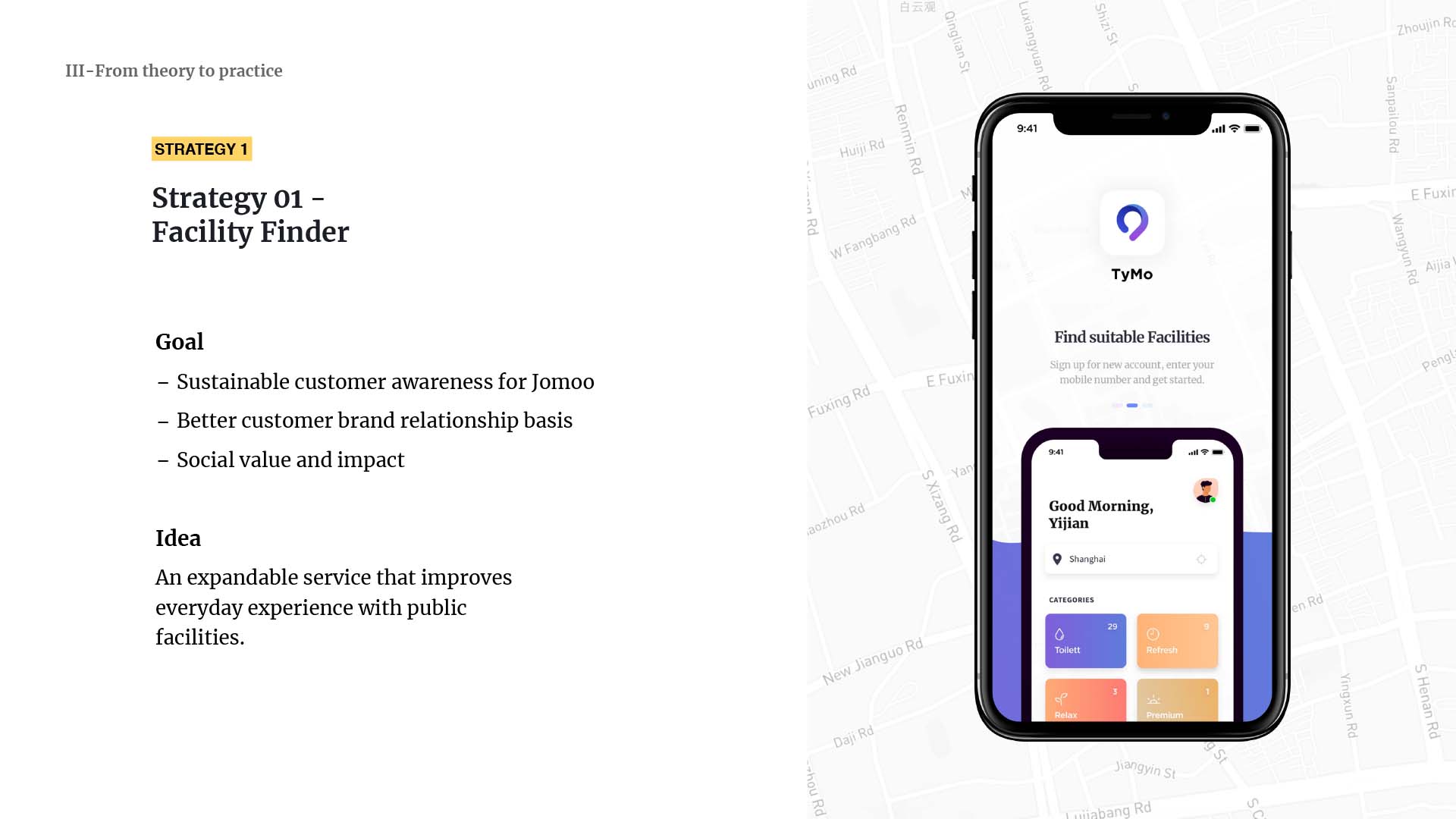
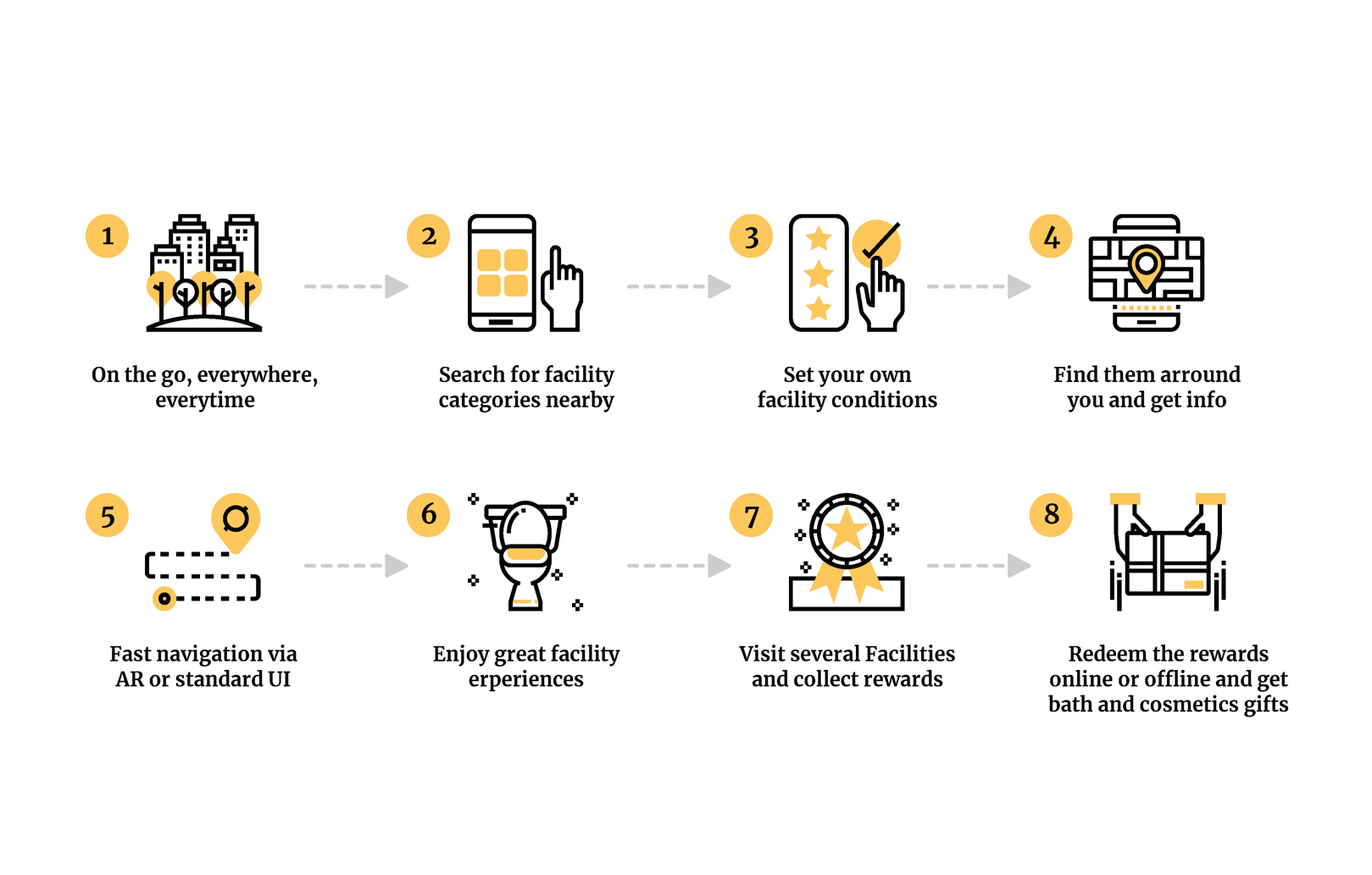
Success Criteria
- The fastest growing number of users
- Healthy MAU(Monthly active users)
- Optimization of Jomoo brand awareness
Strategy II & Service
The service of the second strategy Seamless customer experience with Jomoo aim to online and offline customer experience. Currently there are a lot of hype around omni-channel retail and successful examples. But the purchase process of sanitary products has not changed much. The consumer still need to go back and forth between their home and the retail store to make sure if a product fit their room.
Thoughts
By providing all the necessary information from in- spiration to design to planning across all channels, uncertainties should be eliminated. The buying expe- rience should be able to be experienced intuitively and be directed by the customer and not by the responsible customer advisor. We want to provide customers with the space for fun and creativity and not imposing any service.
Best practice
The customer experience during the buying process is described in two parts that are seamlessly linked: inside and outside the store.
Outside the store, customers should be provided with information about products and services via a mobile app. You get the opportunity to discover products, try them out, make a pre-selection and collect all infor- mation needed for the buying process
Based on the data created by the customer at home, the in-store can be designed to be as efficient as possi- ble. Customers can now be advised in the store during the practical implementation. It is important that the service process is not linear. It should not be necessary to plan your own home before you go to the store or have to go to the store.
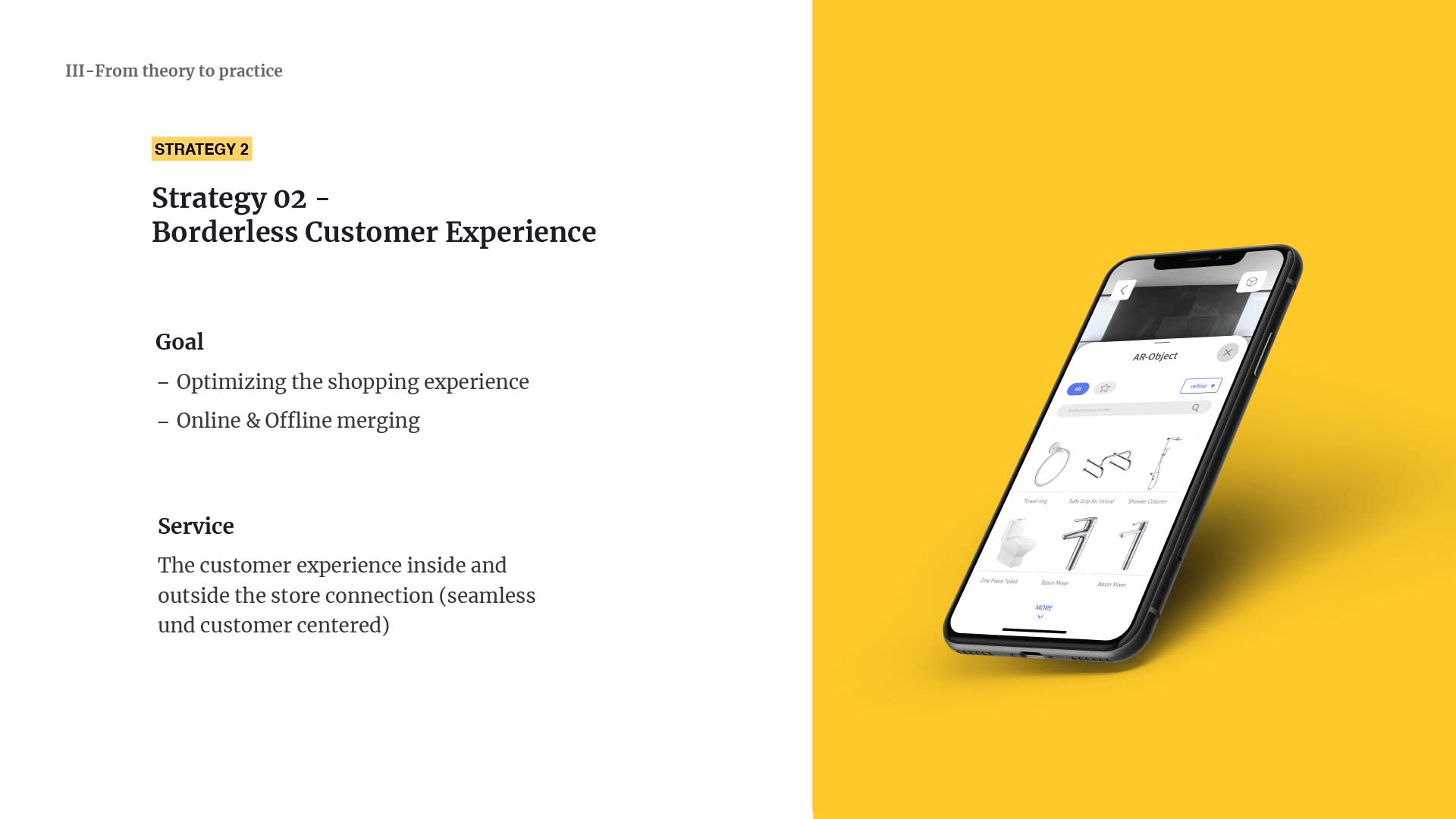
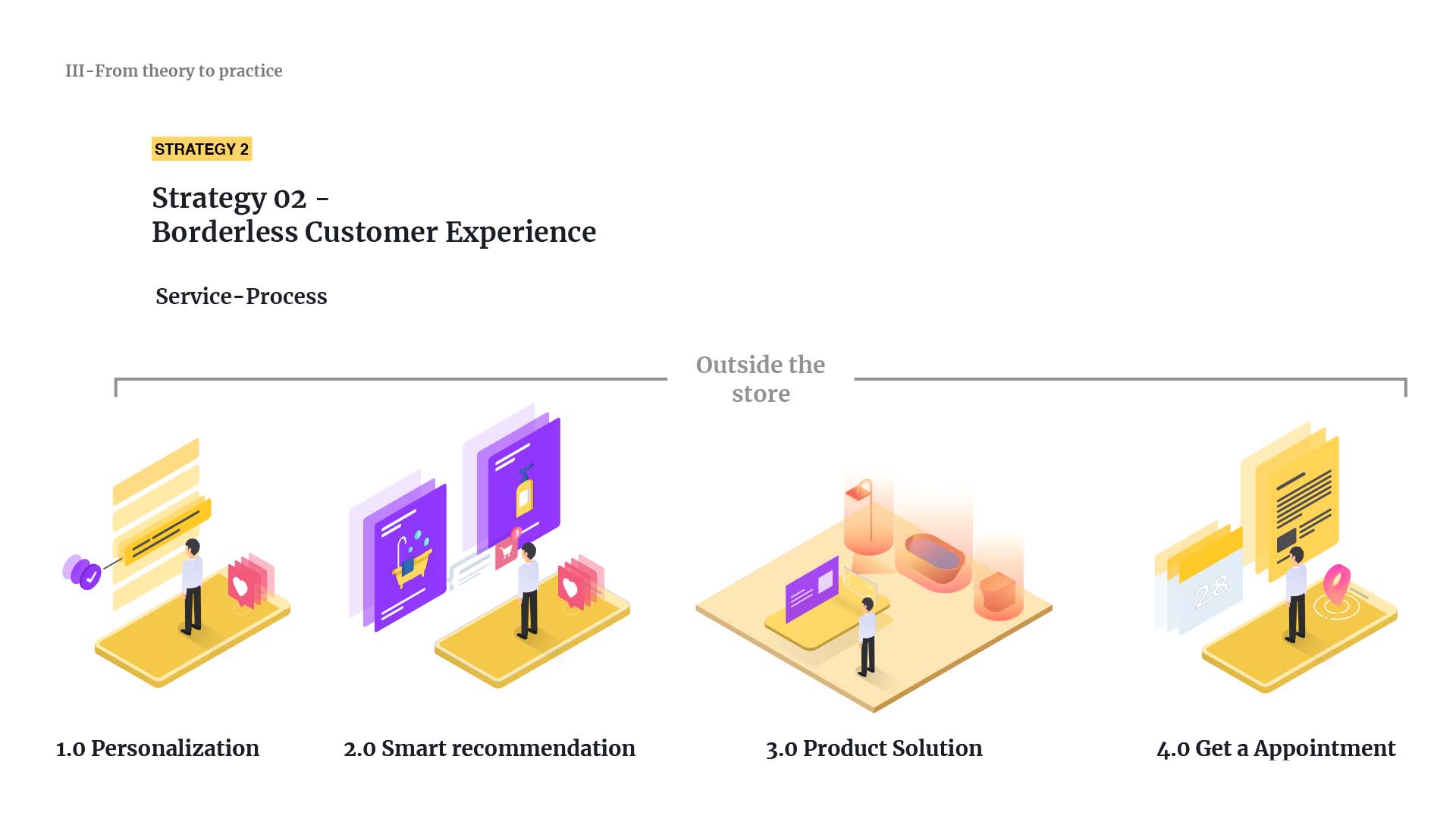
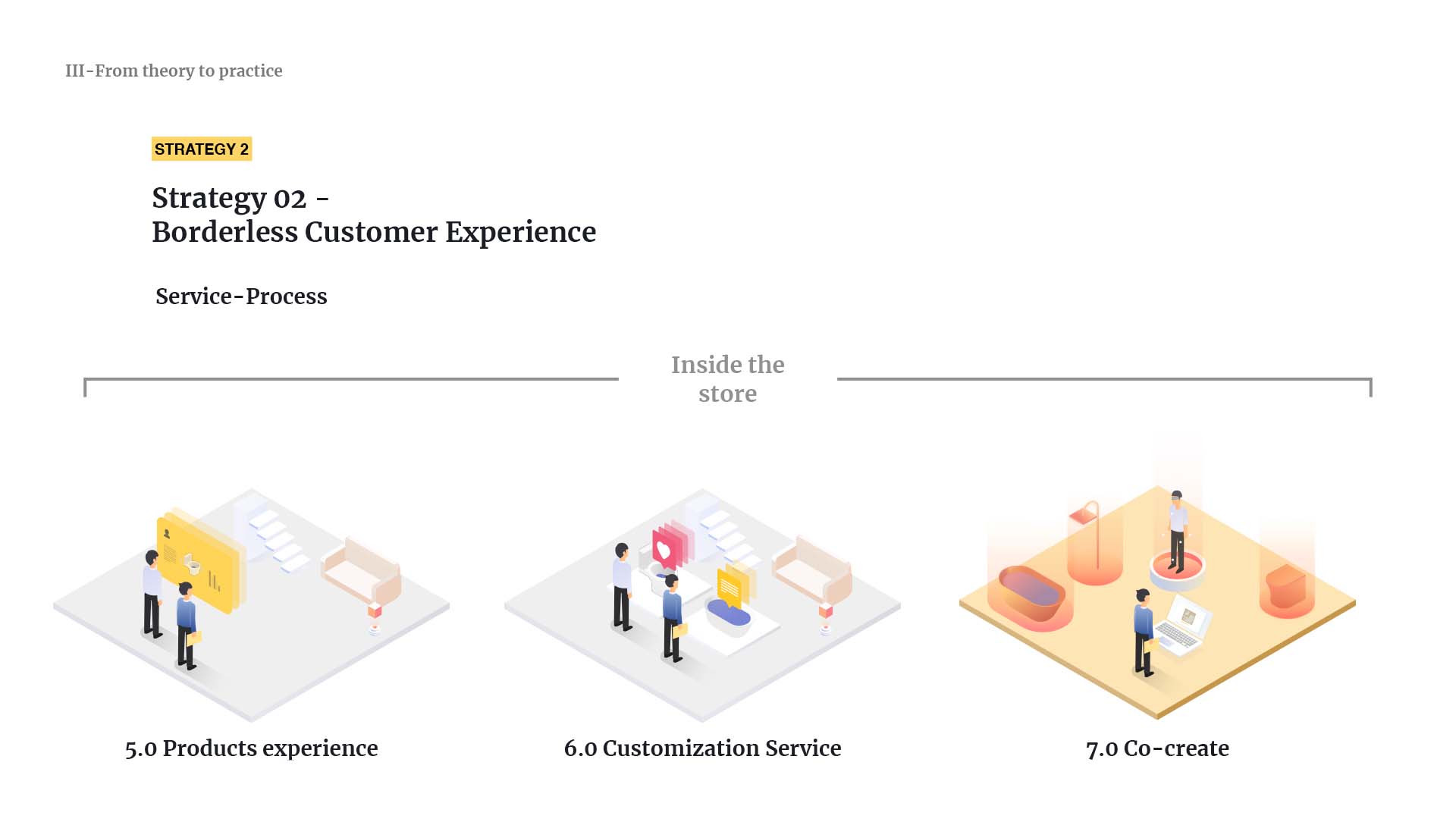
Success Criteria
- The fastest growing number of users
- Healthy DAU(Daily active users)
- AR function improve conversion rate
Process
Design Process
Kick off
Working with chinese sanitary manufacturer means different challenges than a regular project. We are faced with a consumer market that is very different form the Eropean market. That means different consumer culture, consumption ecosystem and so on. How to help my two teammate rapidly get some sense of that is the first hurdle which I need to overcome.
We start with the secondary research to learn how does the general chinese consumer market and sanitary market look like, how is the megatrends of retail industry and what makes a successful brand and so on. After the first round rapid research cycle, we putted forward some initial hypotheses, developed the project plan and assigned tasks to preapared for the design research.
Design Research
After a series of preparations we did 6 days field stuty in Shanghai. During the period we conducted stakeholder interview with head of design and marketing of Jomoo, visited different retail store of Jomoo and their competitor. Talked with the staff and consumer in the retail store and at their home. Beside that we also went to some iconic retail stores and Shopping mall in China like Hema Supermarket, which is a market leader in the new retail trends.

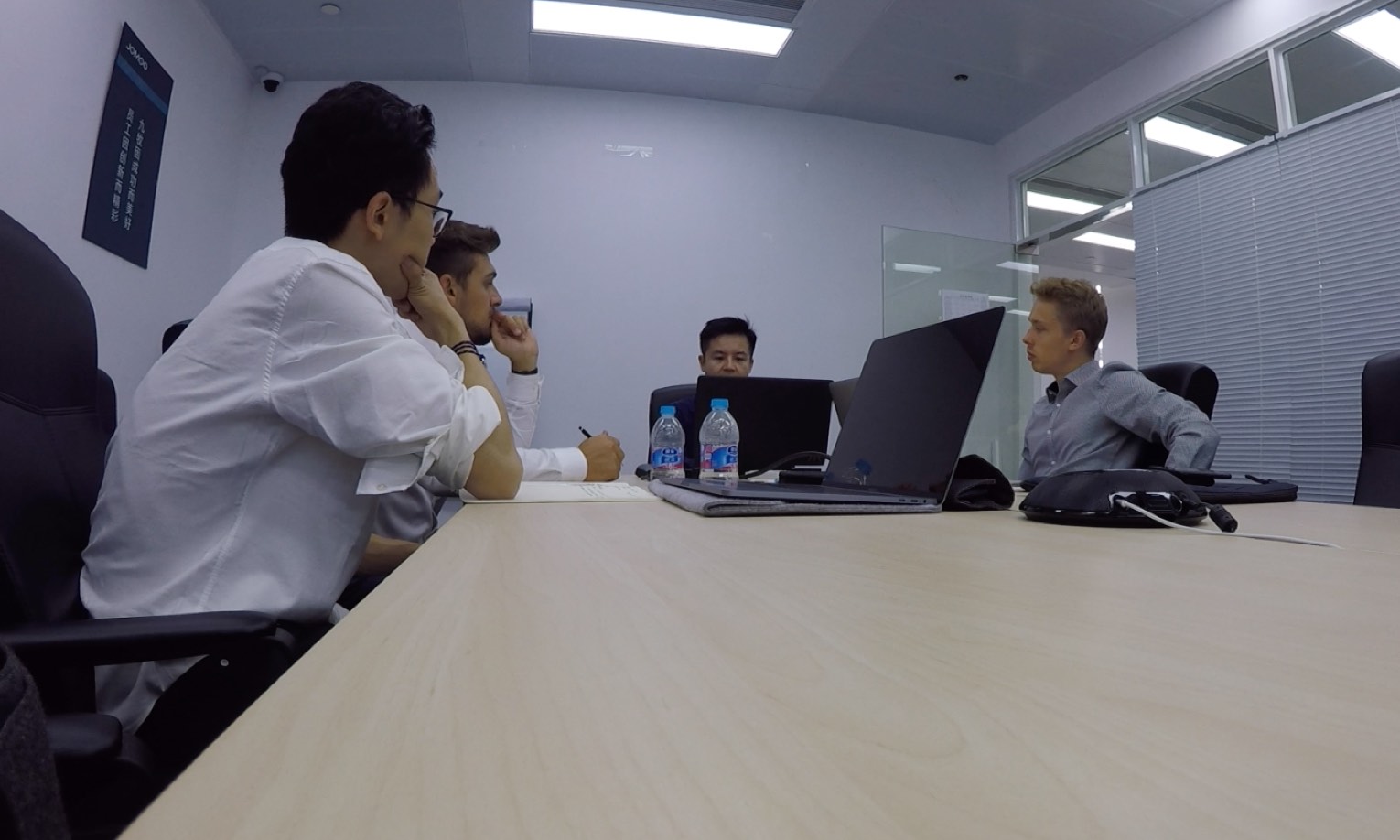
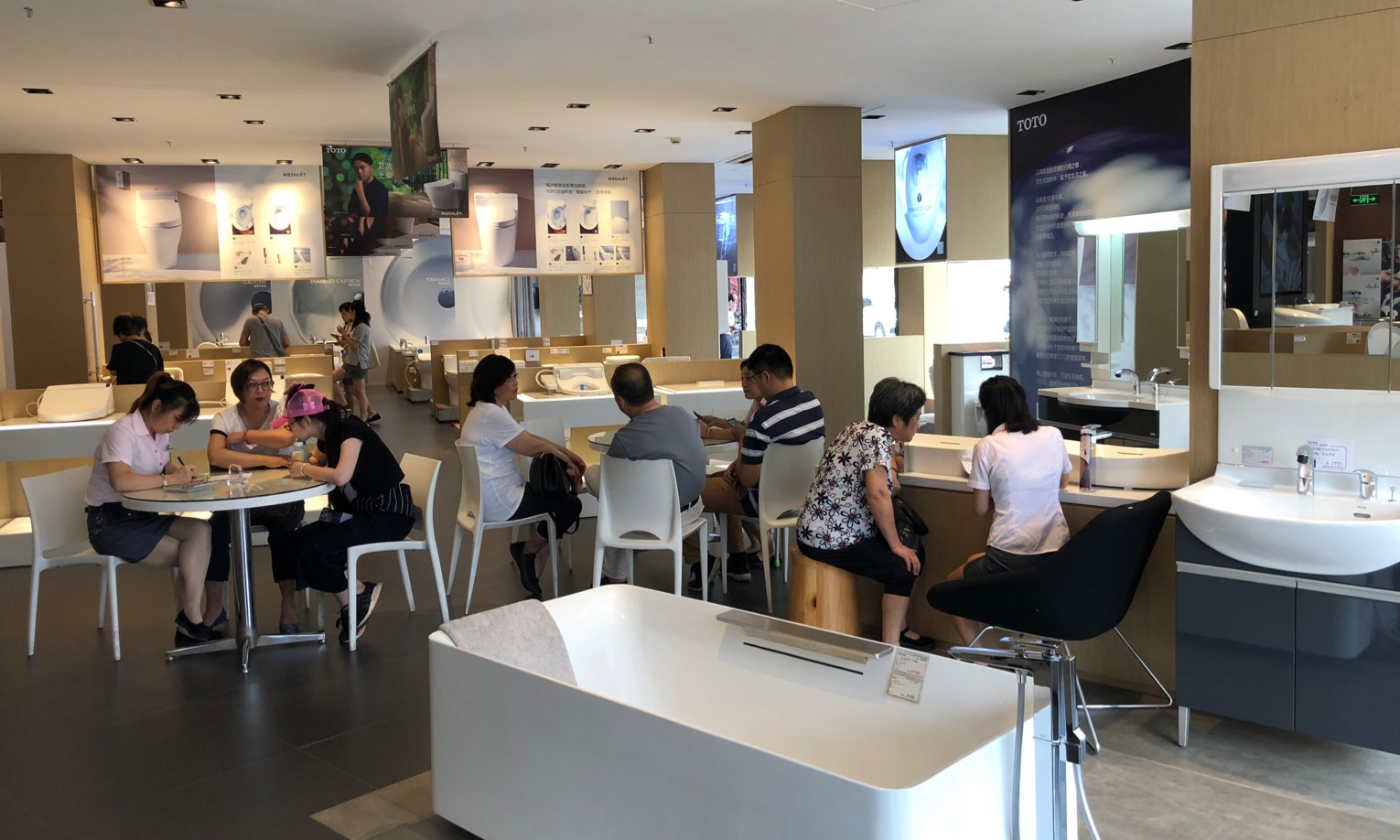
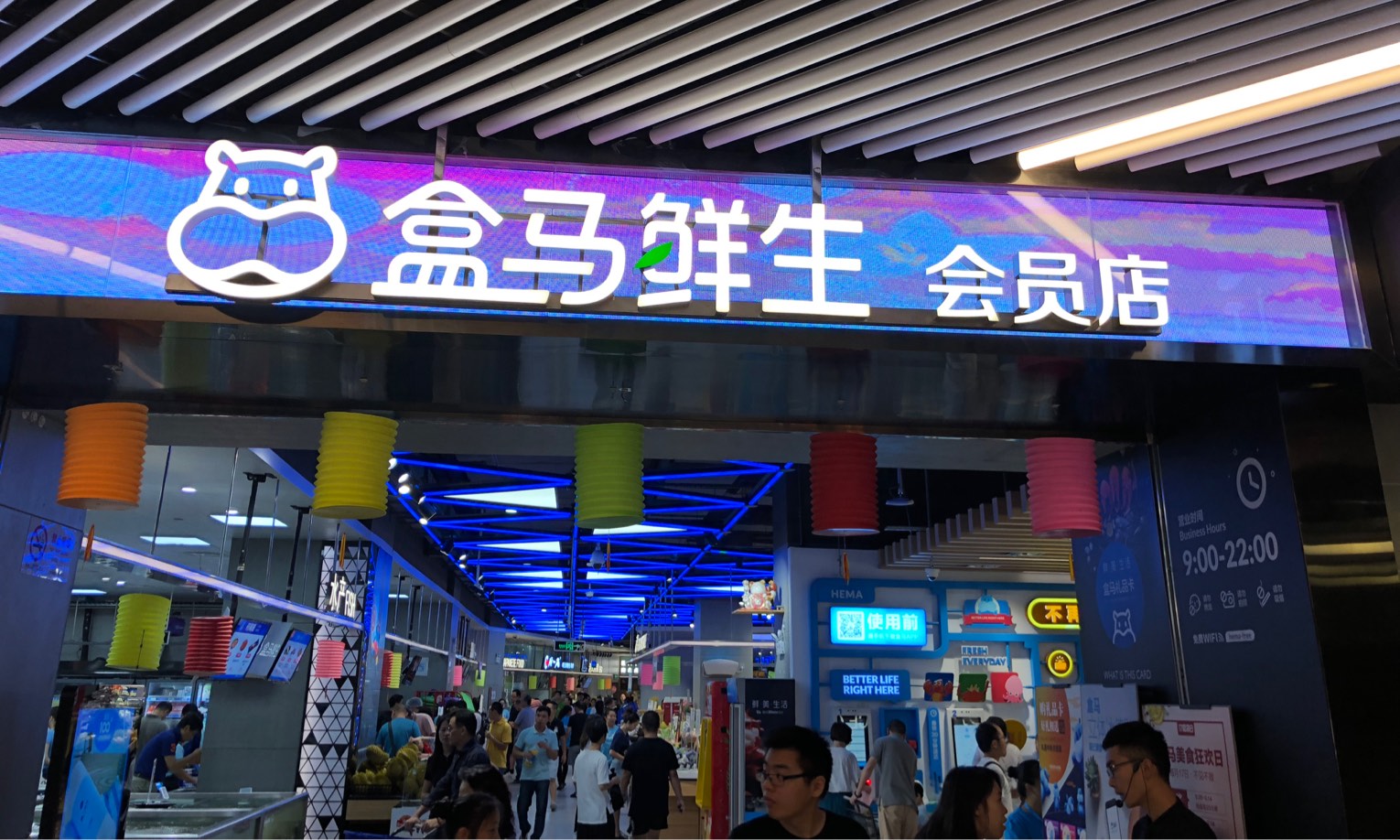
Synthesis & Ideation
Based on the data we collected, the team uncovered the insights and map it to the different framework. Simultaneously, We have found that in some industries, there are common disadvantages in customer brand relationships. We call it Low Awareness industry. Based on this concept, we have made a deeper comparison and understanding of this group. In the end we translate all of these into opportunity areas and two strategies. "Estatblish the realtionship with potential customer proactive" and "Seamless customer experience with Jomoo" After that, the team had workshop with Jomoo product team in Munich and Retail Expert in Heilbronn to explore and co-create the potential solution.
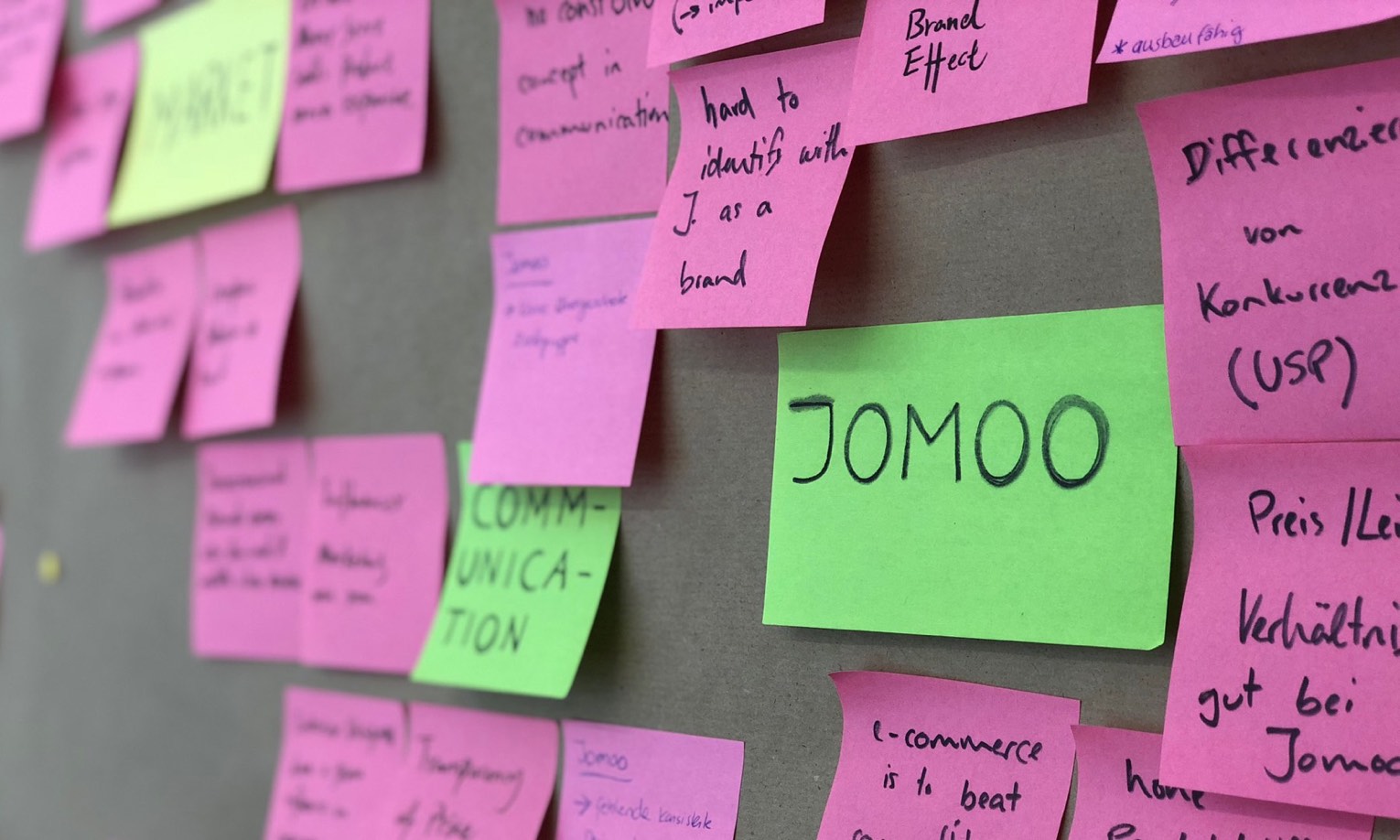

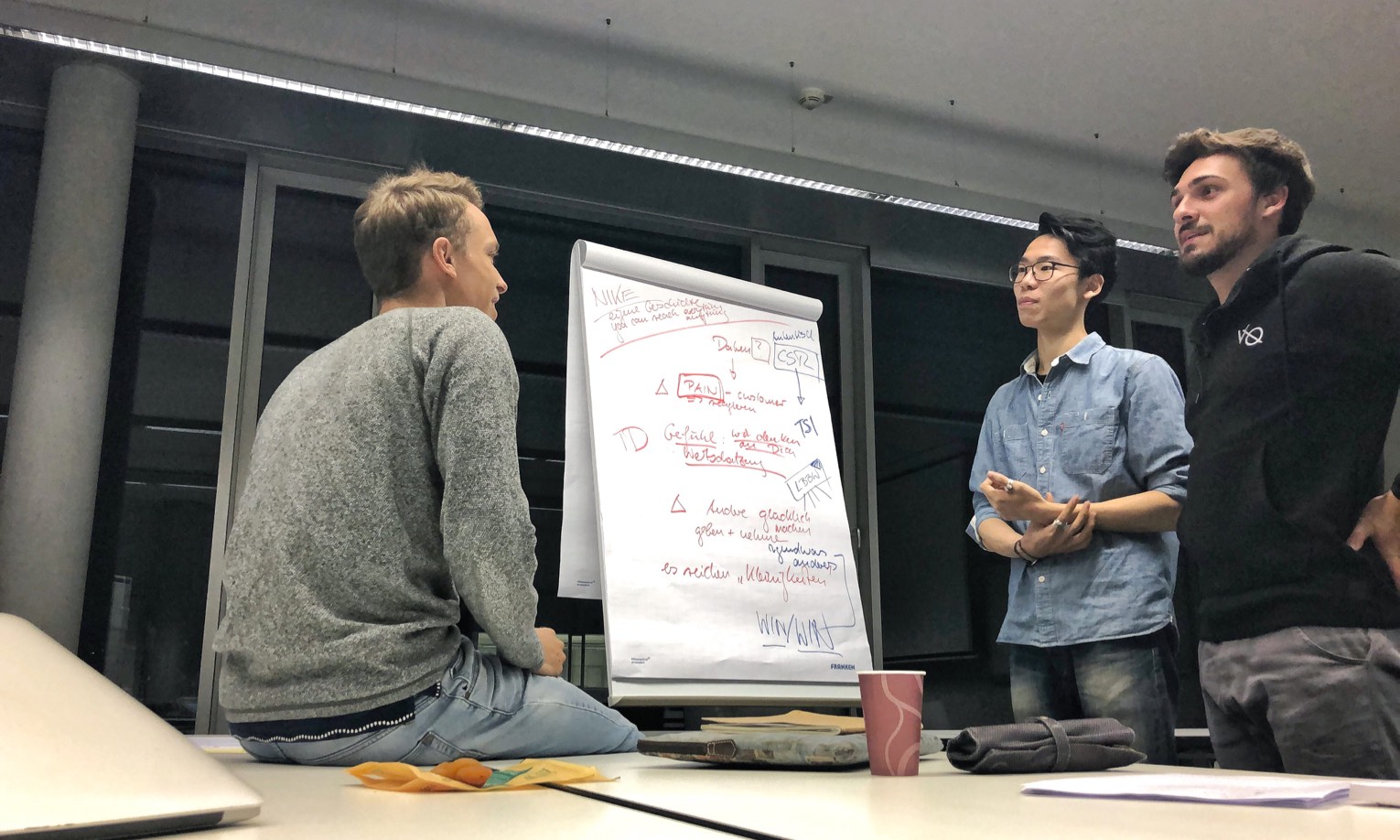

Design for Strategy & Delivery
In order to make our strategy actionable for Jomoo, we developed two services based on Jomoo own situation and two strategies. Every service focus mainly only on one stage of customer journey and has own success criteria. The final delivery includes:
- The service blueprint of 2 services
- Two hero flows for each service
- A actionable and transferable human-centered design process for Customer-Brand Relationship building
- A interactive Prototype for Bordless Customer Experience
- The Project Documentation
Service Blueprint
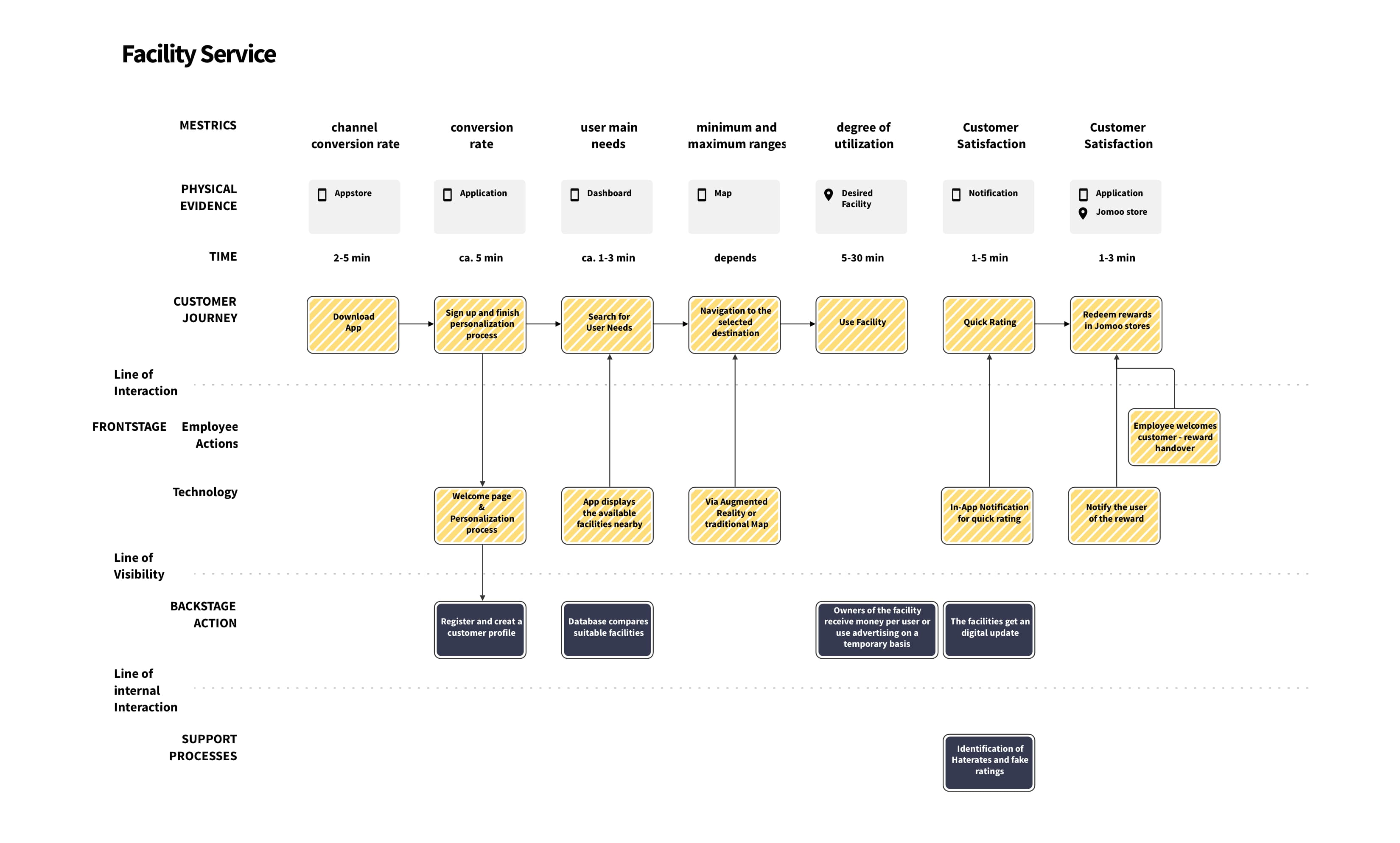
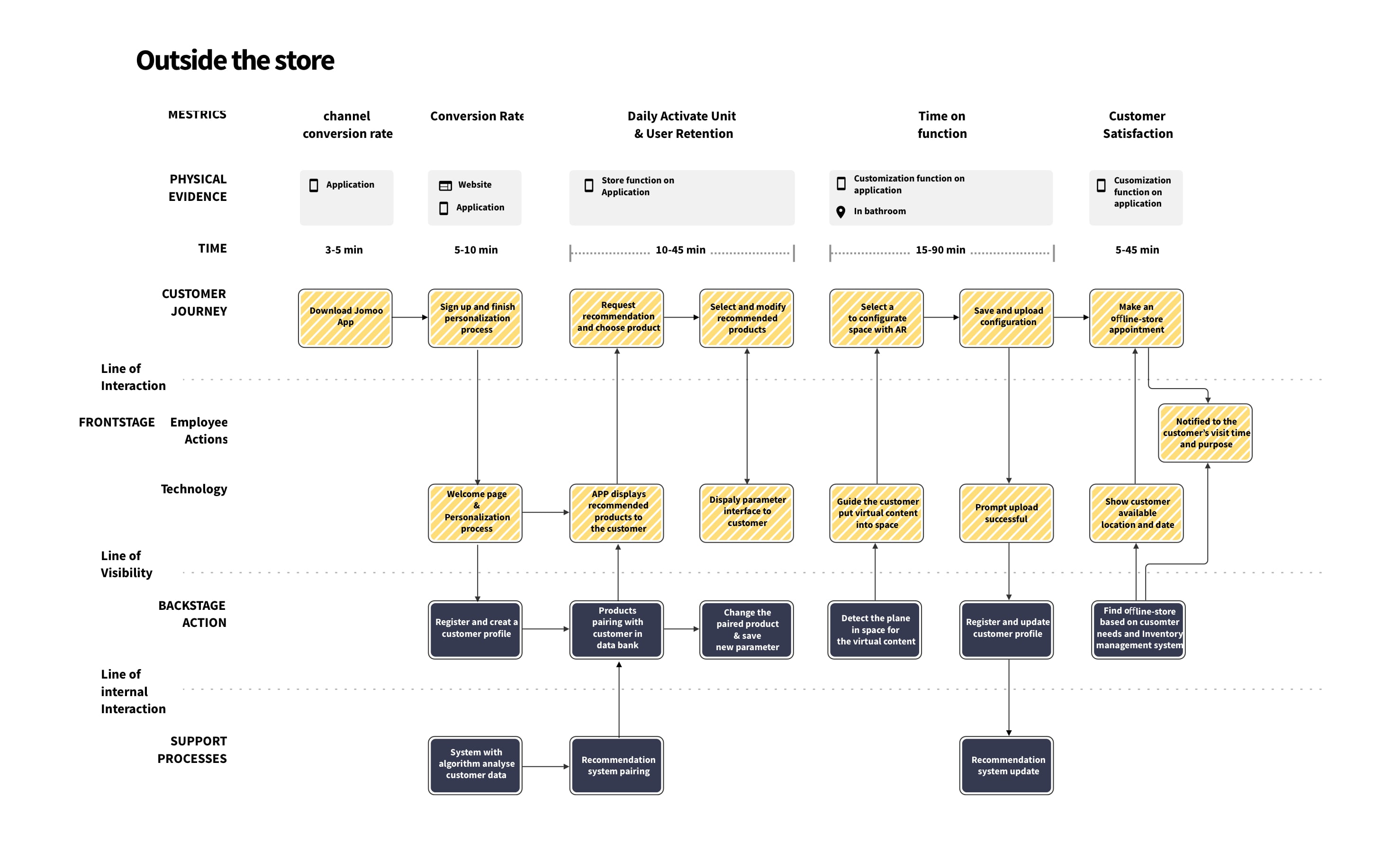
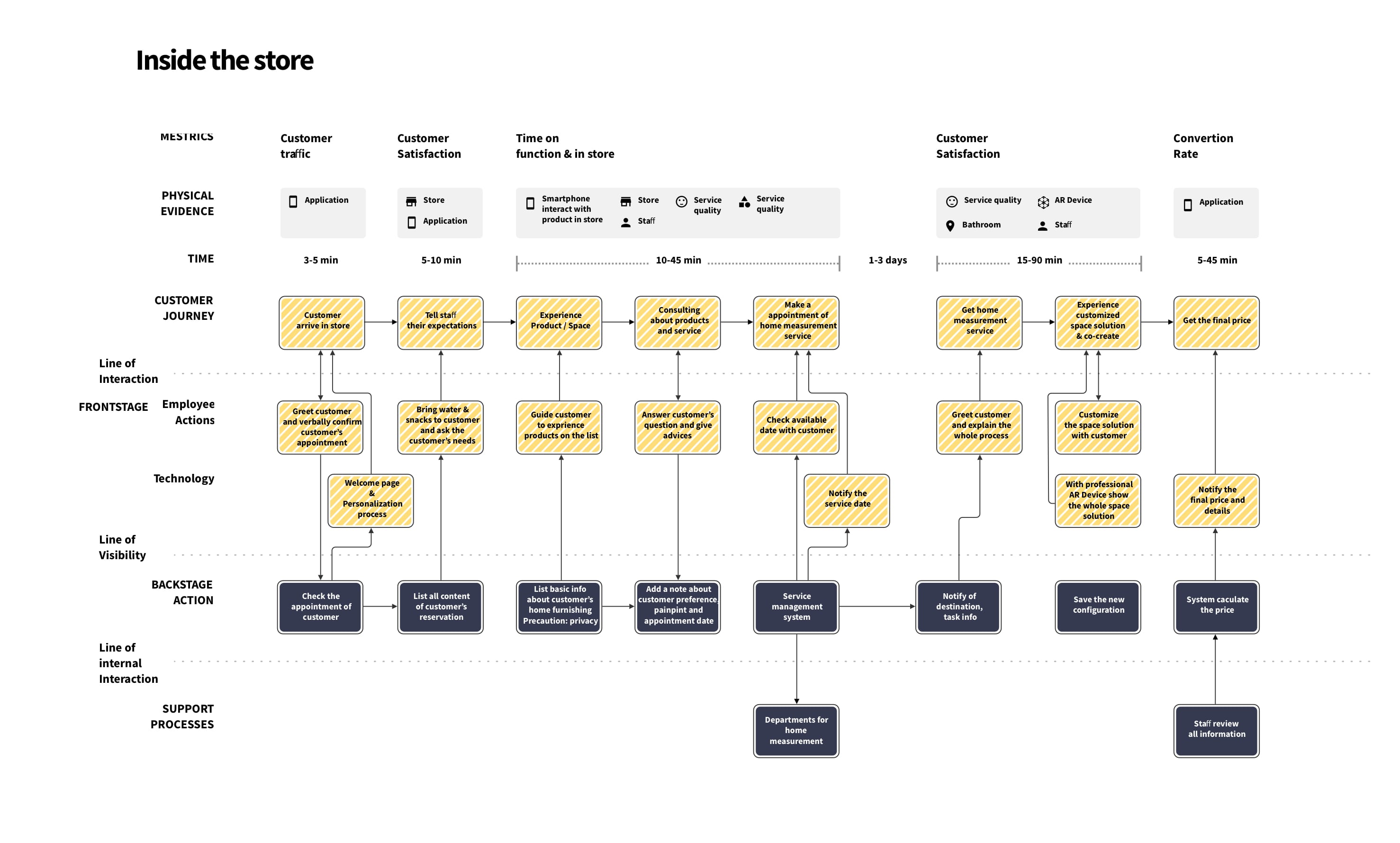
Service Application
